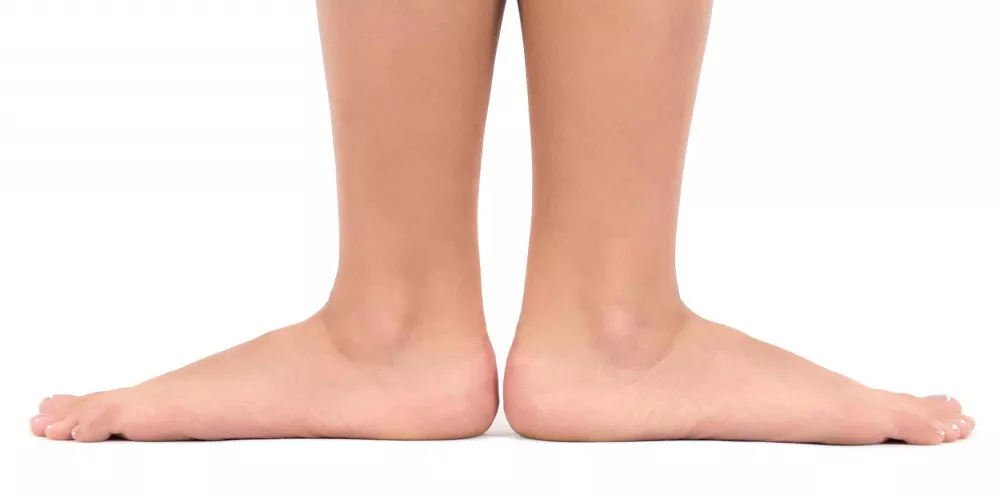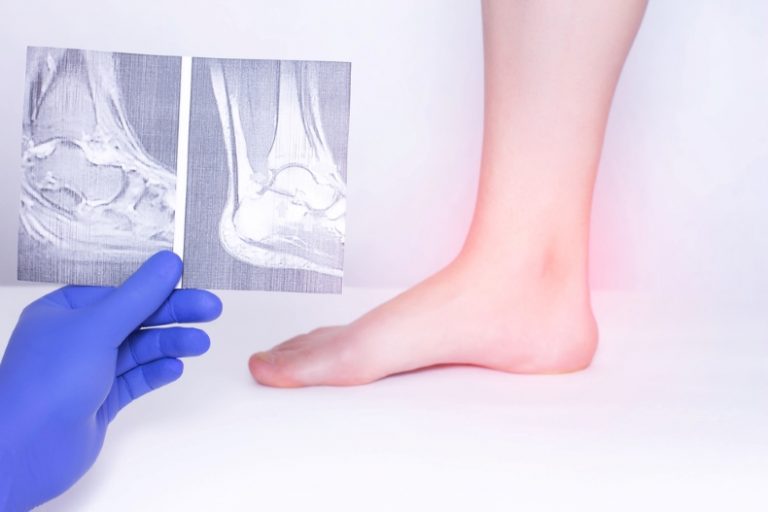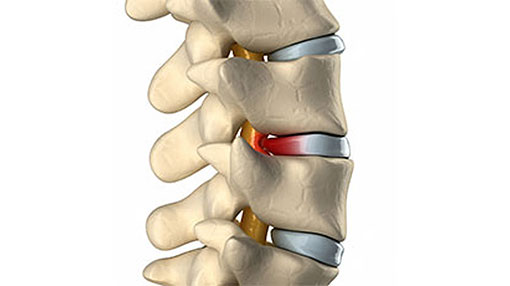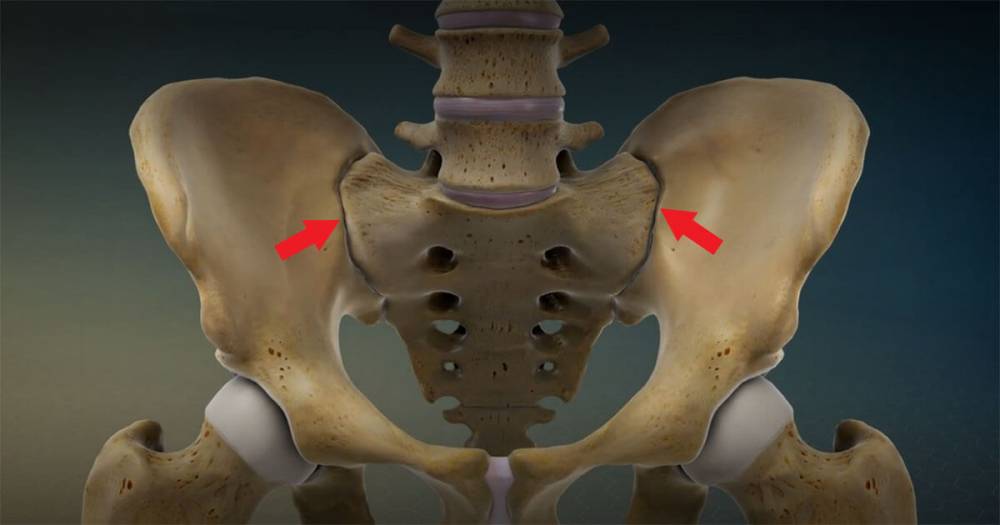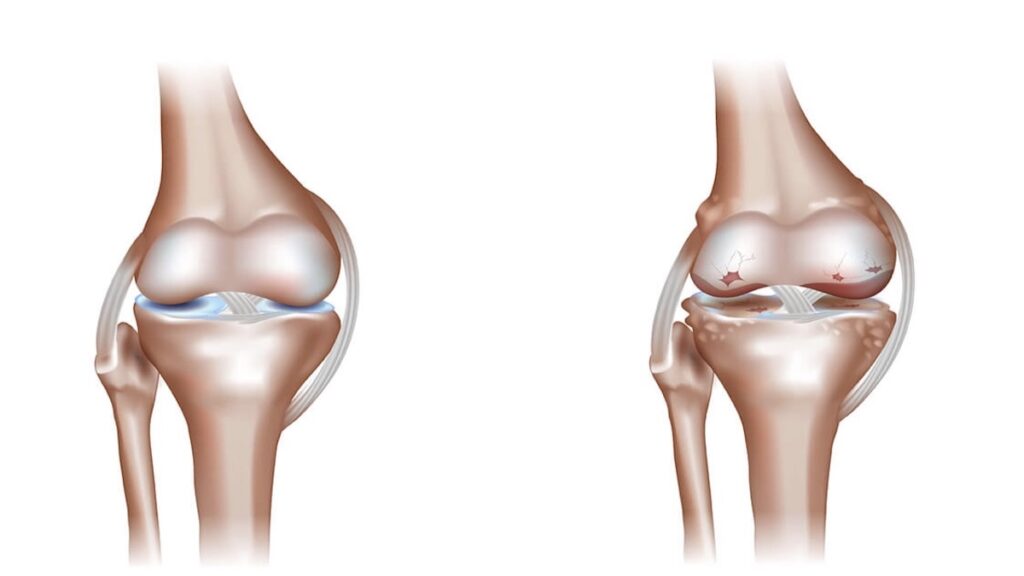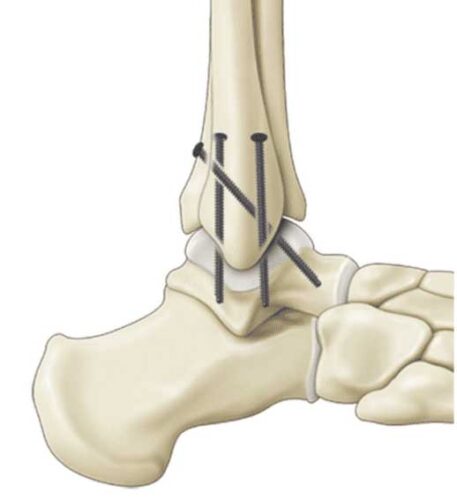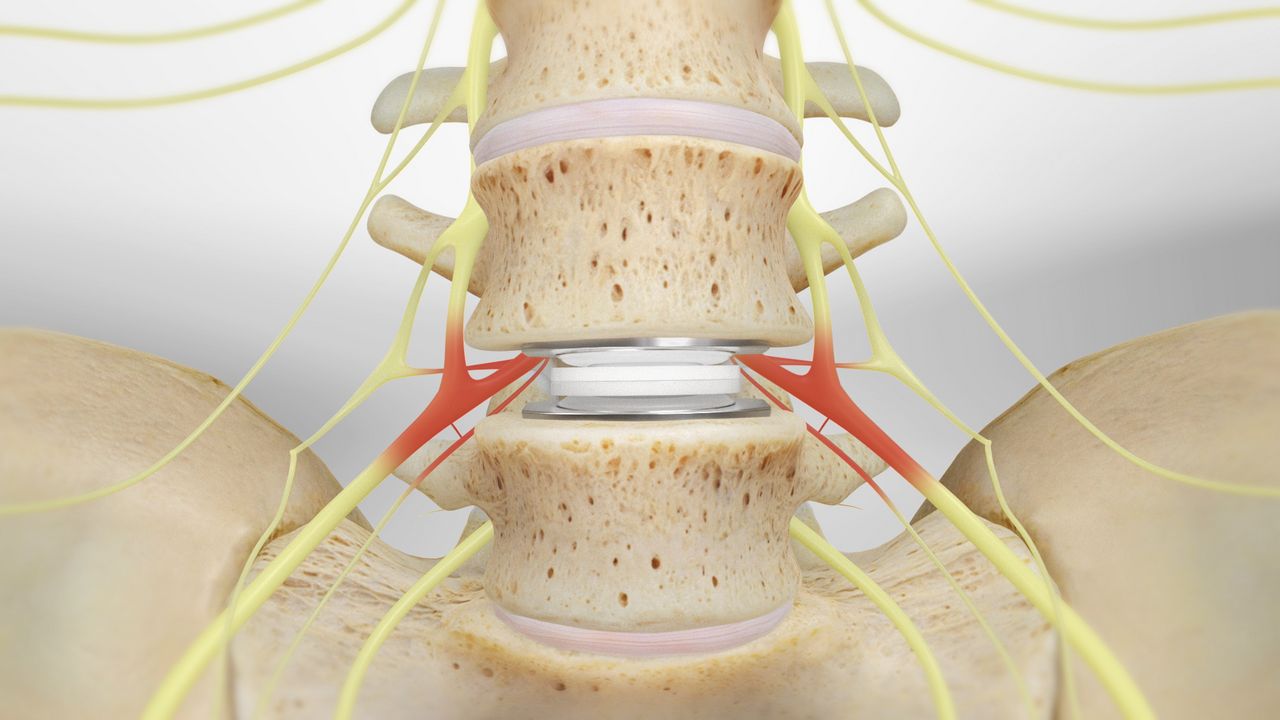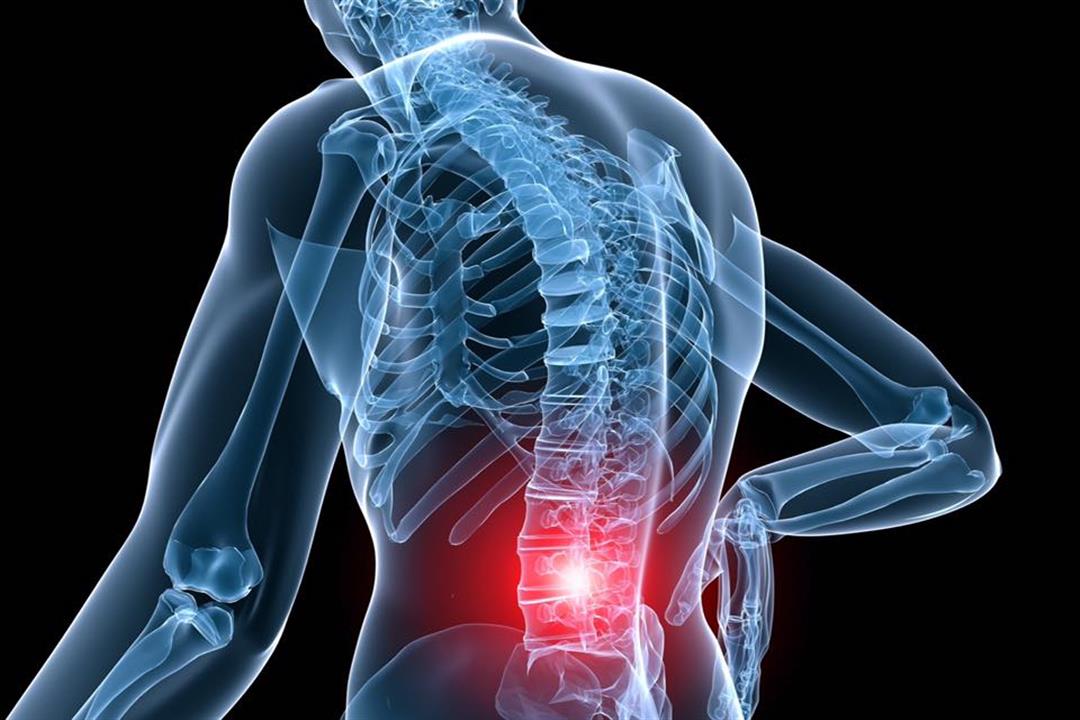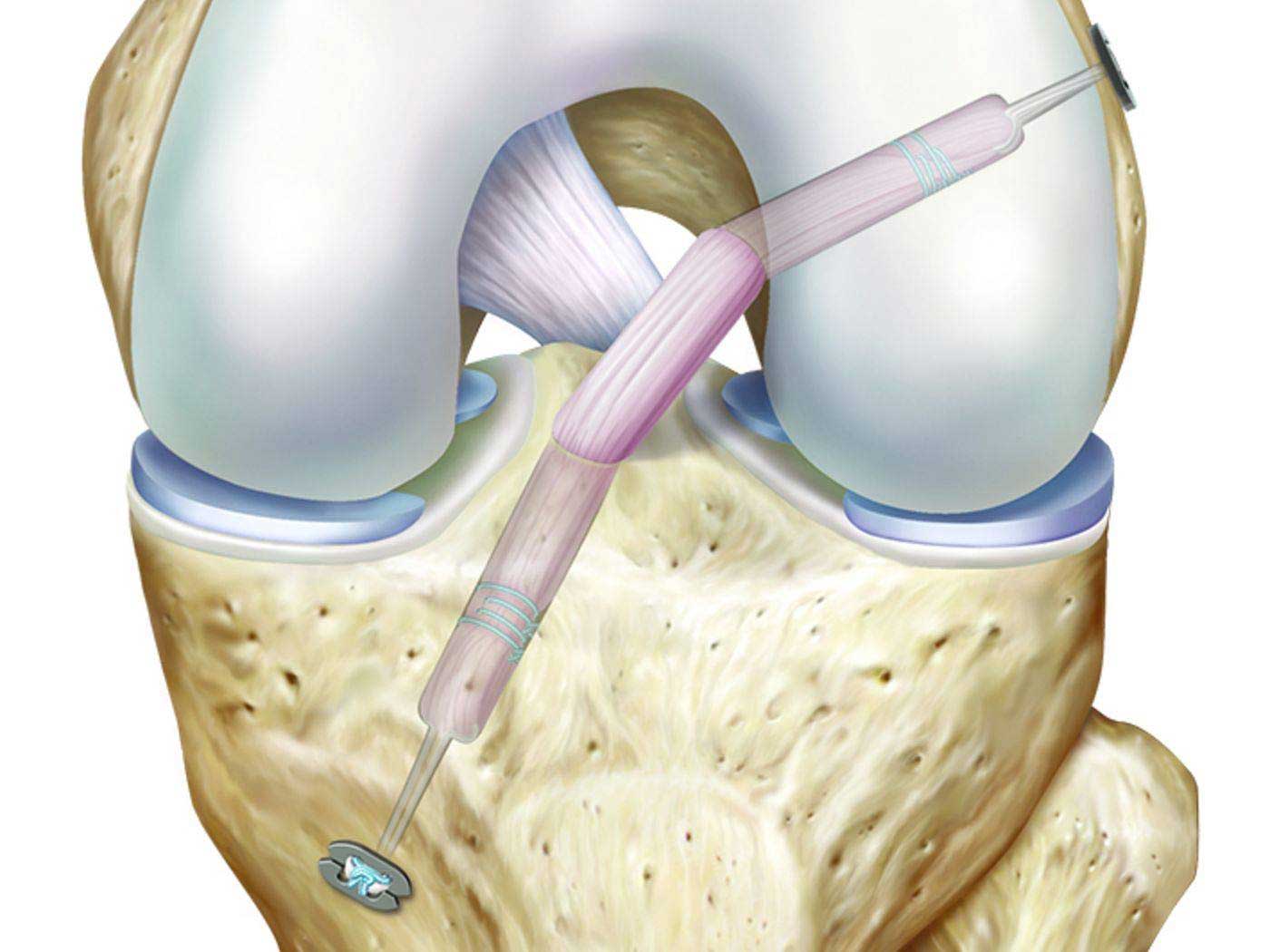What Is Bone Grafting Surgery, and Does Bone Return to Normal Afterward?
What Is Bone Grafting? Bone grafting is one of the most important and well-known procedures in bone treatment and reconstruction. Let’s explore the details of this procedure, how autografts can be obtained, and what happens after the surgery, among other questions that we will address in detail in this article. So, stay with us as we answer all your inquiries.
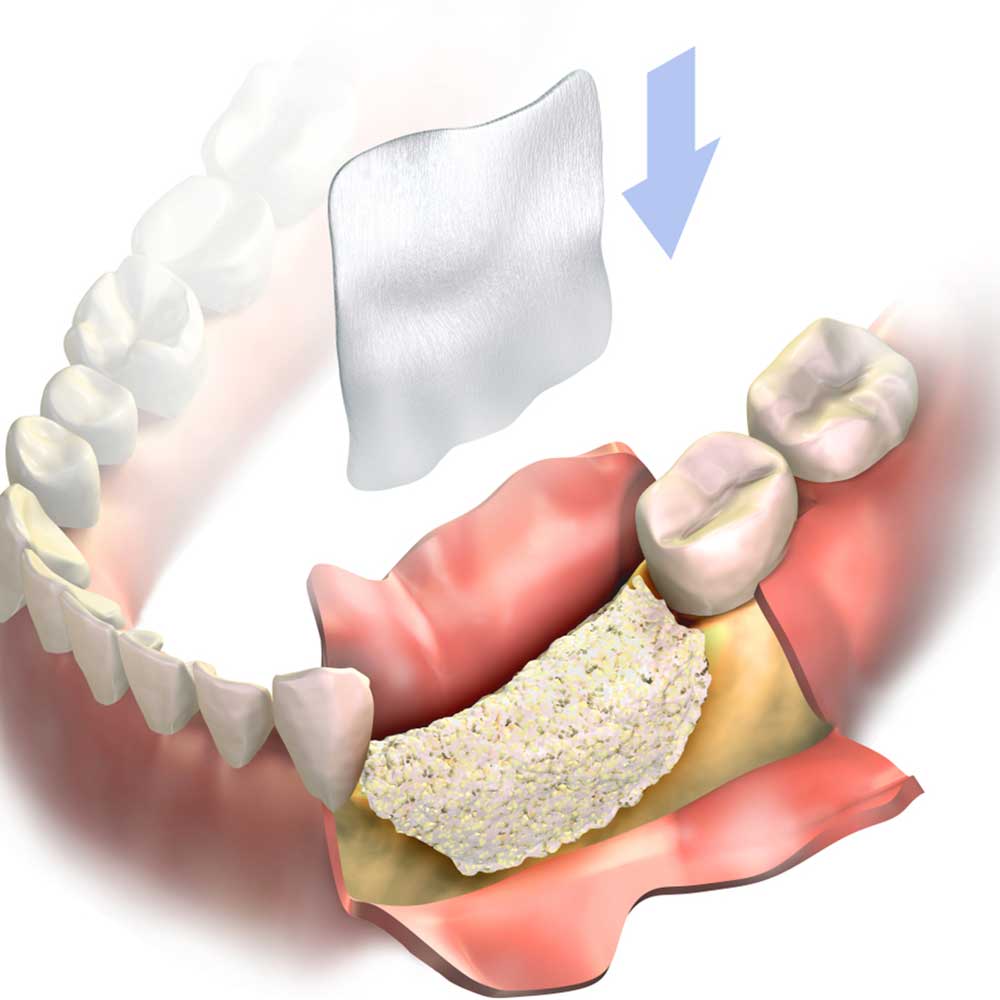
What Is Bone Grafting?
Bone grafting is a surgical procedure in which fractures or cracks in bones are repaired. This is typically done by stabilizing the broken or cracked bone using fixation materials such as surgical screws, plates, wires, or screws. The goal of this procedure is to restore the alignment of the bones and provide the necessary stability to promote proper bone healing.
What Is Bone Graft?
A bone graft is a surgical procedure used to repair fractures or tears in bones by fixing the damaged bone pieces using plates or surgical screws, usually in the form of a patch on the bone’s surface. Bone grafts help restore bone stability, promote healing, and are used in a variety of cases that require surgical bone fixation, including:
- Bone fractures
- Jaw fractures
- Ligament and tendon tears
- Solid ligament fractures
- Structural deformity correction
What Are the Different Types of Bone Grafts?
Many doctors and specialists emphasize that bone grafts vary and diversify, with some notable examples of this diversity, including:
- Autografts: These are grafts taken from the patient themselves, including cortical and cancellous bone grafts.
- Allografts: These are grafts taken from a donor of the same gender.
- Xenografts: These grafts primarily come from surrounding animals.
Each type of graft has its own unique characteristics and advantages, and the choice of graft type depends on the patient’s specific medical condition and needs.
What Are the Risks of Bone Grafting?
It’s important to note, dear reader, that bone grafting, like any regular surgical procedure, is associated with certain risks and potential complications. These risks include the following:
- Infection at the surgical site: Infection can occur at the surgery site, which can be serious and usually requires antibiotic treatment. It’s essential to avoid touching or exposing the wound to contamination.
- Hardware displacement: In some cases, screws or surgical plates may slip or move from their original positions, necessitating additional surgical intervention to reposition them.
- Improper bone healing: In certain cases, bones may not heal correctly or may be delayed in their healing, requiring additional surgeries or treatment adjustments.
- Chronic swelling or pain: Some patients may experience chronic swelling or pain in the treated area after surgery.
- Medication allergies or unexpected reactions: Allergic reactions to medications used during surgery or post-surgery can occur.
- Scarring: Scars may develop at the surgical site, and in some cases, these scars can be large or firm.
- Surgical fixation issues: Problems with surgical fixation can lead to bone instability or structural deformity.
In addition to the potential complications associated with the surgery itself, there are always risks related to general anesthesia or medications used during surgery.

What Happens After Bone Grafting?
After bone grafting surgery, here are some important considerations for the post-surgery period:
- You may need to use a splint, surgical brace, or cast to assist in stabilizing the treated area. It’s essential to follow the surgeon’s guidance regarding how long to keep these devices in place.
- You may need to take pain-relieving medications or non-steroidal anti-inflammatory drugs (NSAIDs) as prescribed by the surgeon. Follow the surgeon’s instructions regarding dosages and timing.
- Avoid placing heavy weights on the treated bone or engaging in activities that put excessive pressure on the affected area. Rest and sufficient recovery time are necessary to allow proper bone healing.
- The surgeon may recommend starting physical therapy to help you regain movement and strength in the affected area. It’s crucial to strictly follow the physical therapist’s guidance.
- Monitor the wound for cleanliness and look for any signs of infection or complications. If you notice any problems, contact your doctor.
- Maintain a healthy and balanced diet to promote bone healing and overall recovery. Ensure you get adequate calcium, vitamins, and protein.
- Avoid smoking and limit alcohol consumption, as they can negatively impact bone healing and recovery.
- Attend follow-up appointments with the surgeon to ensure good progress in the recovery process and to confirm that the bone is healing correctly.
Will the Bone Return to Normal?
Many individuals undergoing bone grafting surgery wonder if they can expect to return to their previous quality of life before the pain and problems they experienced. In reality, within the months following the surgery, full recovery is expected. During this time, bones are gradually reformed to their previous appearance and function before the injury and surgical procedure.
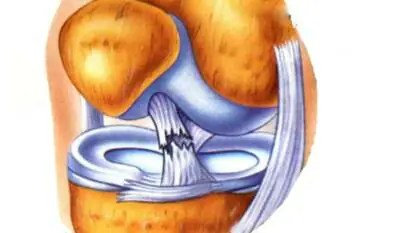
How Much Does Bone Surgery Cost?
Many doctors and specialists emphasize that there is no fixed and uniform price for joint replacement or bone surgery specifically. The reason for this is the existence of numerous surgical procedures, each varying from one case to another, in addition to many factors related to patient care.
This confirms that there are more than one price for these operations. Additionally, the skill of the specialized surgeon and their ability to perform surgery with minimal losses and using advanced techniques are among the most important factors that significantly influence the price.
As for the typical prices for bone surgery in many places, it ranges from 20,000 Egyptian pounds to 60,000 Egyptian pounds.
Places to Obtain Autografts
In most cases, many doctors emphasize that it is possible to perform what is known as autografting. This type of procedure depends on choosing the source of the bone graft, which is based on various factors related to size, shape, strength, the ability to stimulate recovery and healing. Some of the prominent places where autografts can be obtained include:
- Pelvic bones.
- Shins.
- Ribs.
It’s crucial for you to choose the right clinic and a trusted doctor who will ensure your well-being and significant improvement. Don’t hesitate to visit Dr. Amr Amal and rest assured that you will be in good hands.

Benefits of Bone Grafting Surgery
Bone grafting surgery is a surgical procedure used for various purposes, offering several different benefits that make it one of the most important and prominent procedures. Some of these benefits include:
- Bone grafting is used to help stimulate the healing of bones in areas where natural healing is slow or challenging. It can create an optimal environment for fractured or weak bones to recover and heal.
- It can replace lost bone due to accidents, tumor removal, or bone diseases, helping restore the function and natural structure of bones.
- Bone grafting can enhance the stability of fractured or cracked bones by fixing bone fragments.
- This procedure is used to correct structural deformities or bone deviations, improving appearance and function.
- In some cases, autografts can be used to stabilize damaged or fractured bones, providing additional support.
- Additional bone grafting may be necessary to ensure that the bone returns to its natural appearance and function.
Success Rate of Bone Grafting Surgery
Many individuals often wonder about the success rate of bone grafting surgery. In reality, the success rate of the procedure typically ranges from 70% to 80%. This rate depends on the experience and technique of the surgeon performing the procedure, along with various other factors. These factors can significantly increase the success rate of the surgery.
It’s important to note that the success rate of bone grafting surgery is influenced by the clinic and center where it is performed, the skilled hands performing it, and more. You can find a high-quality and distinguished success rate with Dr. Amr Amal’s clinic.
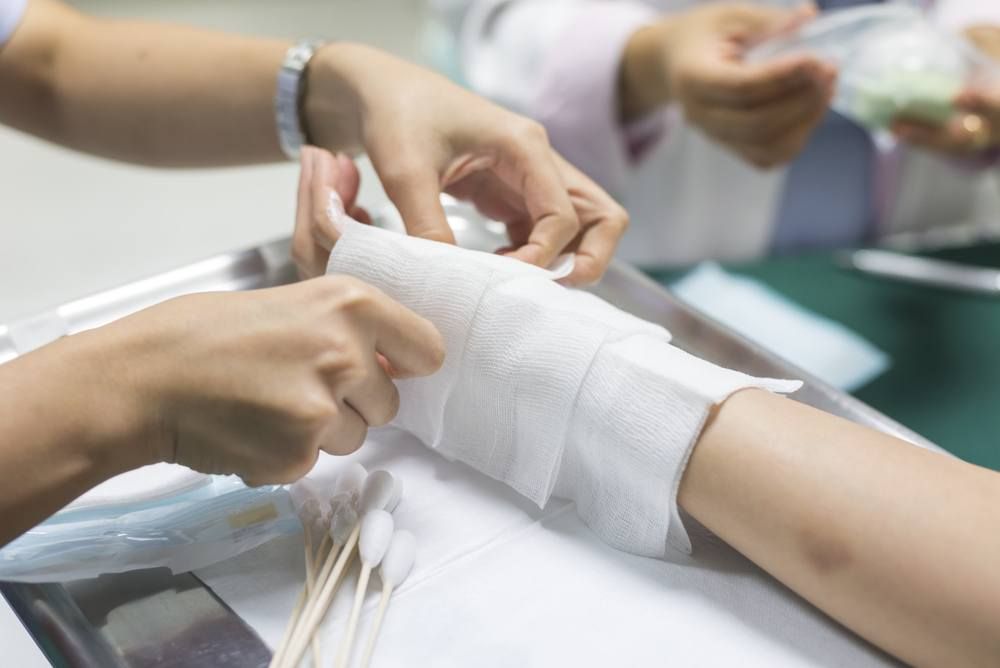
Shin Bone Fixation Surgery
Shin bone fixation surgery is a surgical procedure used to repair fractures or cracks in the bones that make up the shin. This procedure involves stabilizing the fractured bones using surgical screws or plates to restore bone alignment and promote healing. Here are the general steps of shin bone fixation surgery:
- The patient is generally or locally anesthetized, depending on the patient’s condition and surgeon’s preference.
- A surgical incision is made in the skin near the area of the fractured bone to access the bone. The skin and soft tissues are dissected to reach the fracture.
- The surgeon assesses the size of the fracture and the alignment of the bones, determining if any additional procedures such as wound cleaning or fracture reduction are necessary.
- The fracture is corrected using surgical screws or fixation plates, as needed, to ensure bone stability and promote healing.
- After the repair, the incision is closed, either with stitches or surgical staples.
- A dressing is applied to stabilize the area and support the healing process.
- The patient should follow post-surgery care instructions and have regular follow-up appointments with the surgeon to monitor bone healing and regain motion and strength in the shin.
Radius Bone Fixation Surgery
Radius bone fixation surgery aims to repair fractures that may occur in the radius bone or the forearm. This procedure involves stabilizing the fractured or cracked bone using surgical screws or plates to restore bone alignment and promote healing. Here are the general steps of radius bone fixation surgery:
- The patient is generally or locally anesthetized, depending on the surgeon’s evaluation and the patient’s condition.
- A small surgical incision is made in the skin near the area of the fractured bone.
- The surgeon reviews the radius and corrects the crack or fracture using surgical screws or fixation plates.
- After the repair, the incision is closed, either with stitches or surgical staples.
- A dressing is applied to stabilize the area and support the healing process.
- The patient should follow post-surgery care instructions and have regular follow-up appointments with the surgeon to monitor bone healing and regain arm motion.
The cost of radius bone fixation surgery is reasonable in many specialized centers, such as Dr. Amr Amal’s clinic.
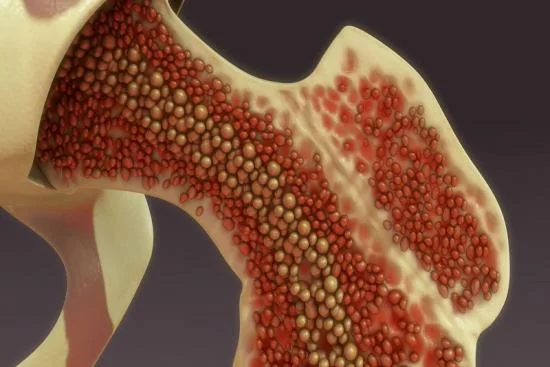
How Long Does it Take for a Bone Fracture to Heal?
The time it takes for a bone fracture to heal depends on several factors, including the location of the fracture, its size, the age of the person, the alignment of the affected bone, any other medical conditions, and more. Generally, bone fractures may take several weeks to months to fully heal. In some cases, healing time may be longer, and personal factors like proper nutrition, physical activity, smoking habits, and overall health can also play a significant role.
When a bone fracture is diagnosed, it is essential for the individual to refrain from activities that pose a risk to the fracture and carefully follow the treating physician’s instructions. Providing proper care can help accelerate the bone healing process as much as possible. For more information on bone healing and radius bone fractures, read the following article.


